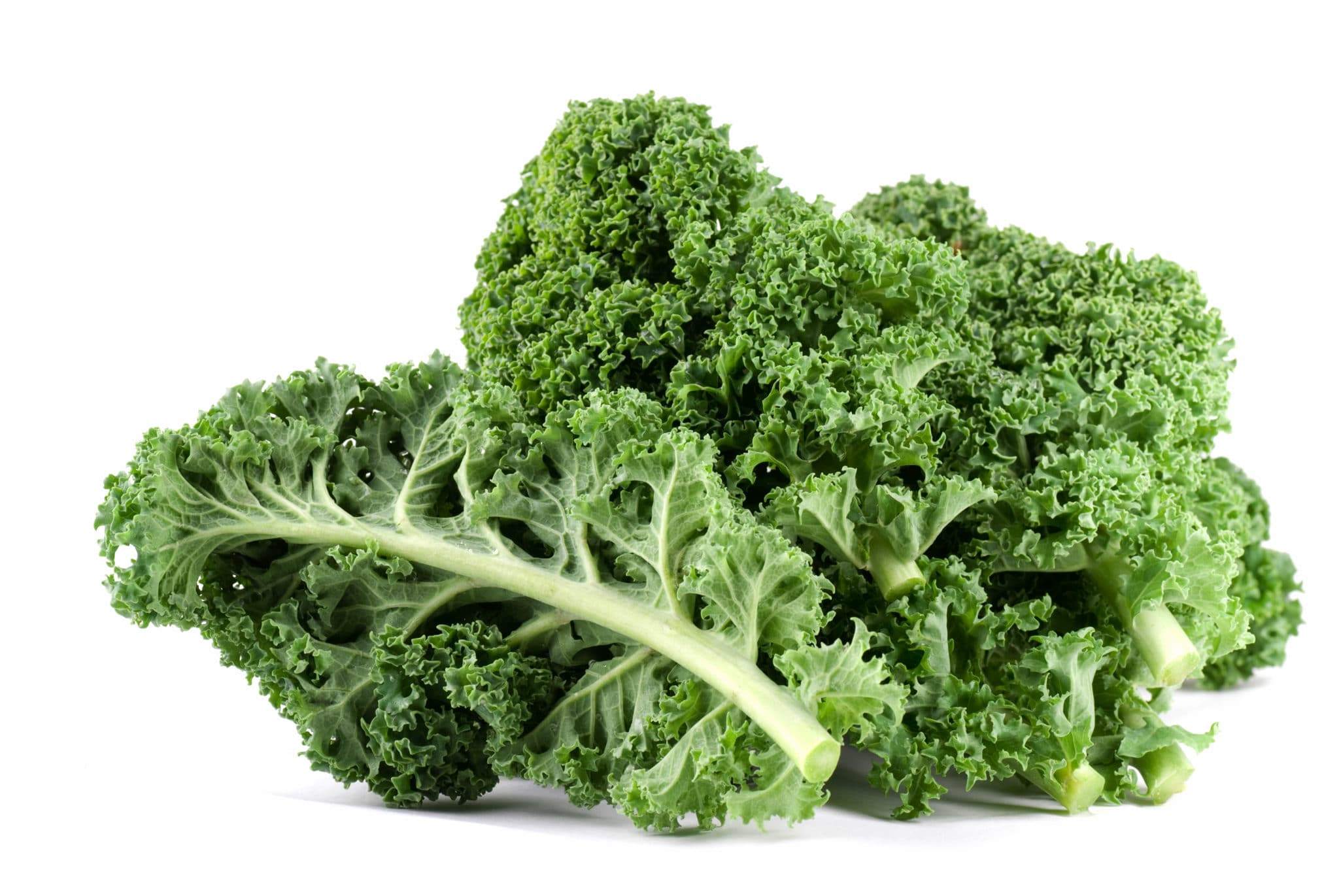 Welcome back to The Naturopathic Kitchen! Each week we go back to the basics to use food as medicine in order to lead healthier lives. It can be intimidating to try new things especially when you don’t know what it is good for you or how to prepare/cook it. Today we’ll be discussing the ever-popular kale!
Welcome back to The Naturopathic Kitchen! Each week we go back to the basics to use food as medicine in order to lead healthier lives. It can be intimidating to try new things especially when you don’t know what it is good for you or how to prepare/cook it. Today we’ll be discussing the ever-popular kale!Kale 101
If there ever was a mascot for the healthy eating movement it would be kale. This curly dark-green vegetable has gotten quite the reputation as being the super food of superfoods. Coming from the brassica family, it is closely related to wild cabbage and has many of the same health benefits as other brassica family vegetables like broccoli, mustard greens, and cabbage.
Where does kale come from? Where can I find it?
Kale originated in the eastern Mediterranean and has been cultivated for culinary and medicinal uses for over 4000 years. In ancient Rome, kale was commonly used to treat bowel ailments. Because kale is so hardy and easy to grow, it has been an important dietary staple during difficult times. It wasn’t too long ago that kale could only be found at specialty food stores, co-ops, and farmer’s markets. But with the health food movement, kale has made its way into most major grocery stores. Kale is most easily found in the fresh produce section but can also be found in the snack aisle in the form of dried kale chips. It is important to note that kale is often on the dirty dozen list, so it is best to get organic kale when possible.
How does kale help my health?
Not only is kale loaded with nutrients like vitamin K, vitamin C, carotenoids, flavonoids, magnesium, and calcium, it is also rich in glucosinolates which aid in detoxification at the cellular level. This makes kale and other brassica family vegetables a viable way to help our bodies process and eliminate many of the harmful pesticides, solvents, and heavy metals that we are exposed to in modern society.1 Studies have shown that certain nutrients are more bio-available when consumed steamed rather than raw or boiled2though the antioxidants can break down during the cooking process. So, a balanced diet including raw and cooked forms of kale is ideal.
What medical conditions/symptoms is kale used for?
- High cholesterol
- Cardiovascular disease prevention
- Protect against colon cancer
- General cancer protection
- Age-related macular degeneration
- Inflammatory diseases
When should kale be avoided?
Kale and other brassica family vegetables contain compounds that are capable of blocking iodine uptake by the thyroid gland. This can cause the thyroid gland to grow in size to try to compensate. Because of this goitrogenic effect, it is best to consume kale in moderation and in even smaller amounts in those with hypothyroidism. However, cooking dramatically reduces this effect.
Let’s try out kale with these tasty recipes!
Roasty Toasty Beets and Kale Salad
INGREDIENTS
3 medium beets (about 3 inches in diameter)
1⁄2 large yellow onion, cut in half
2 t extra-virgin olive oil to taste
Sea salt and fresh ground pepper
1⁄4 c crumbled goat cheese
1 bunch organic kale
1⁄8 t sea salt
4 T balsamic vinegar
INSTRUCTIONS
Preheat oven to 400 degrees. Wash beets and trim ends. Reserve beet greens for salad. Slice beets crosswise into 1/4-inch-thick rounds. Spread beets and onions in a single layer in two 9x13-inch baking pans. Drizzle with olive oil and sprinkle lightly with salt and pepper; toss to coat.
Roast for 30 minutes, stirring every 10 minutes. Remove from oven and allow to cool slightly.
Wash and de-stem kale. Cut kale in ribbons to desired thickness and place in medium bowl. Sprinkle kale with sea salt. Massage kale until moist and tender. Cut beat greens to similar thickness.
Plate kale and greens; top with slightly cooled beets and onions. Sprinkle goat cheese atop. Drizzle vinegar evenly over salad. Serve warm or chilled.
Thank you to Bastyr University for this recipe!

Baked Kale Chips
INGREDIENTS
1-2 bunches of Lacinato/Italian Kale
2-3 cloves of garlic, chopped
2 T coconut or olive oil
Sea salt to taste
Cayenne pepper (optional)
2-3 cloves of garlic, chopped
2 T coconut or olive oil
Sea salt to taste
Cayenne pepper (optional)
INSTRUCTIONS
- Wash and pat dry the kale. Preheat oven to 350 degrees (325 degrees if using olive oil).
- Peel kale leaves away from thick stems and put in a bowl.
- Add oil, garlic and salt and other seasoning and toss well or massage by hand. Spread out kale on baking sheet.
- Bake for 10-12 minutes, or until kale is slightly crispy around the edges.
Thank you to NUNM’s Food as Medicine Institute for this recipe!